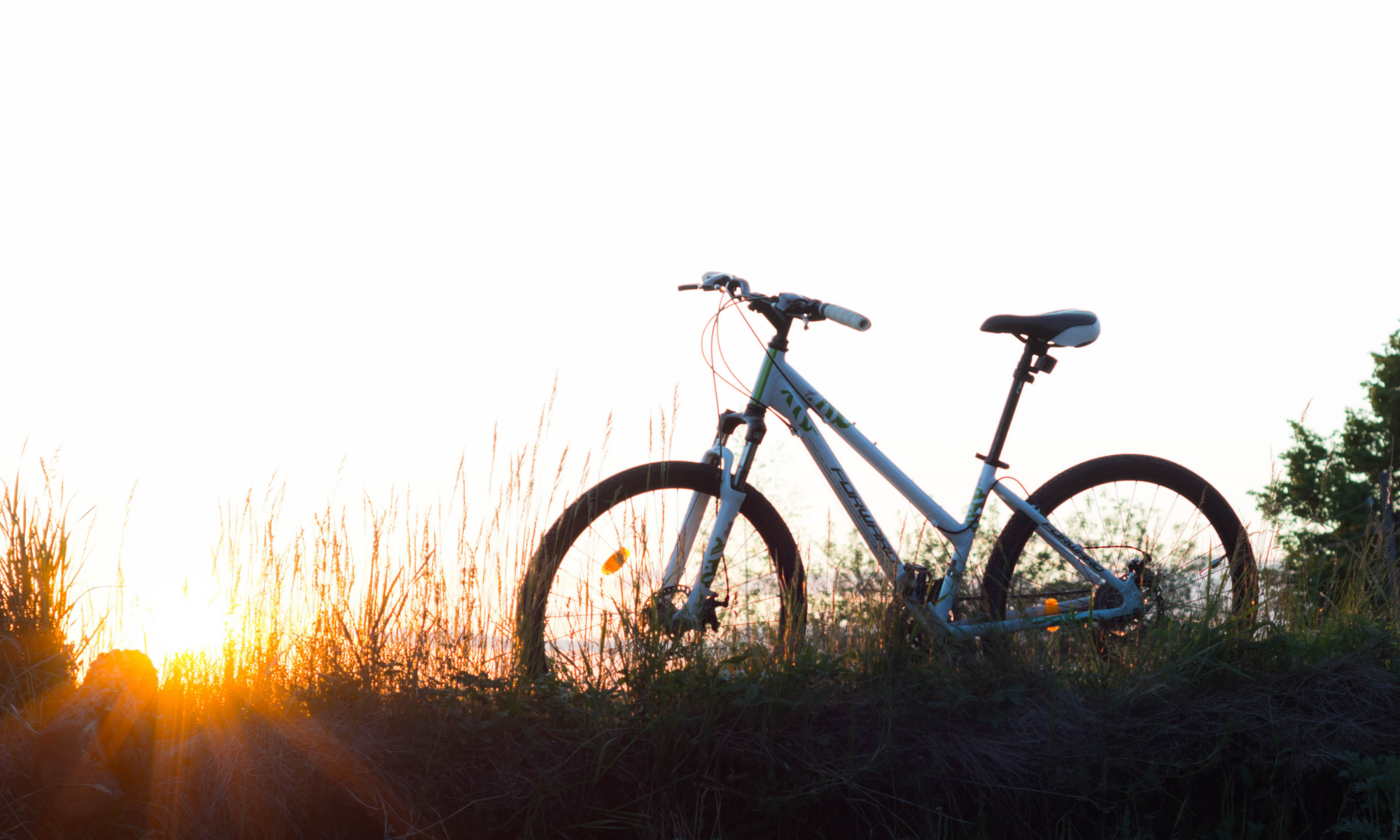The Teams
Cycling teams are organized by corporate sponsors. Each team consist of thirty riders. Eight are chosen for each of the Grand Tours. They consist of the following: the Giro d’ Italia, the Tour de France, and the Vuelta a Espana. Sadly non of these tours ride past your local bike shop Central Coast.
While many teams have several riders from the country in which the sponsor is based, that is not a requirement. Eighteen teams are chosen for each tour based on their ranking. Four additional spots are offered by race organizers to wildcard selections. These selections are usually given to teams based in the host country.
Timing and Focus
The cycling season is long and gruelling. It consists of single day “classics,” several multi-day tours and of course, the three Grand Tours. Few athletes are able to maintain peak physical condition for all three of the Grand Tours. This is why teams often have different riders focus on different tours. Your Central Coast bike shop loves all stages. However, sometimes this focus means that a team’s top rider will skip one or two tours entirely to focus on the third. Other times this means that a top rider may ride in support of a teammate on one or two tours while focusing on the others themselves. Just a handful of riders have managed to win more than one tour in a single season. Few attempt the feat.
The Competitions
Cycling’s Grand Tours have six competitions over the course of each race. The teams and riders are focused on only one or two of the competitions at any given time.
- General Classification – The General Classification is the fastest overall individual time. Each rider’s time from each stage is added together, and the fastest overall time wins. In some races, cyclists may have time bonuses. These are seconds reduced from a rider’s overall time, awarded to the fastest riders on individual stages. This is the primary competition in the race and typically gets the most attention.
- Sprint – In the sprint competition, points are awarded to the top several finishers on stages according to their order of finish. The most points awarded for flat stages and the fewest points awarded for time trials. Sprint points are also awarded to the first three riders to reach specific points on a race route. More points are awarded for sprints at the end of stages. This competition is decided solely on points and has nothing to do with overall time.
Other Competitions
- King of the Mountains – The King of the Mountains competition is similar to the sprint competition. It is determined by points, not time. Each climb during the race is categorized from Category 4 (easiest) to “Beyond Cateogory” (most difficult) More points awarded for the most difficult climbs. The winner of this competition is the racer who accumulates the most points in the category.
- Stage – Each day’s stage is a race within a race and still none ride past your central coast bike shop, sadly.
- Team – The team competition is determined by adding the times of each team’s three fastest riders on individual stages. Few teams come into a major tour targeting this competition. However, as the race goes on, those who happen to be in position to win it take it seriously.
- Young Rider – This is determined in the same way as the General Classification. Only riders under 25 are eligible though. While it rarely happens, a rider may win both the General Classification and the Young Rider competitions.
Stage Types
There are five types of stages in the major tours.
- Individual Time Trial (ITT) – In the Individual Time Trial, rider start the course separately. Their individual time recorded. These are the shortest stages on each tour. They are pivotal.
- Team Time Trial (TTT) – Each team rides the course together. Team members record the time of the fifth team member to complete the course. Any dropped team members record individual times.
- Flat Stage – Flat stages usually involve sprint finishes. They have hills or low category mountains. Most riders finish as a group. These stages offer the most points in sprint competitions and rarely affect the GC. Exceptions are when the field gets split, which is caused by wind or crashes.
- Medium Mountain Stage – These stages have Category 2 and 3 climbs. They impact the riders at the top of the GC. They give GC contenders the opportunity to separate themselves from the field. King of the Mountains contenders pick up points, especially in close competitions.
- High Mountain Stage – These stages have one or more Beyond Category, Category 1, or Category 2 climbs. They are pivotal in GC and King of the Mountains competitions. They often make for much bigger gaps.
Strategy
Individual glory gets the most attention but road cycling is a team sport. A team has a contender in any or all categories. His teammates ride in support of him. They strive to keep him at the front of the pack to avoid crashes. He is lead by them into the mountains to putting his rivals in difficulty. They chase down breakaways and provide a lead out for their sprinter. Riders will sacrifices their own chances of high finishes in support of their teammates. Some teams focus on supporting a sprinter. This leaves others working to protect their GC contender. The strategies of teams will be different. It will vary according to the competitions on which they are focused and their teams’ strengths and weaknesses.
Cycling is a great sport for those who take the time to understand it. New viewers should not expect to understand everything at once. Rather take the time to learn the sport in bits and pieces. The above offers a nice overview and an easy reference for those who are just starting to appreciate it.
Article Source: https://EzineArticles.com/expert/Sean_McConeghy/347278


